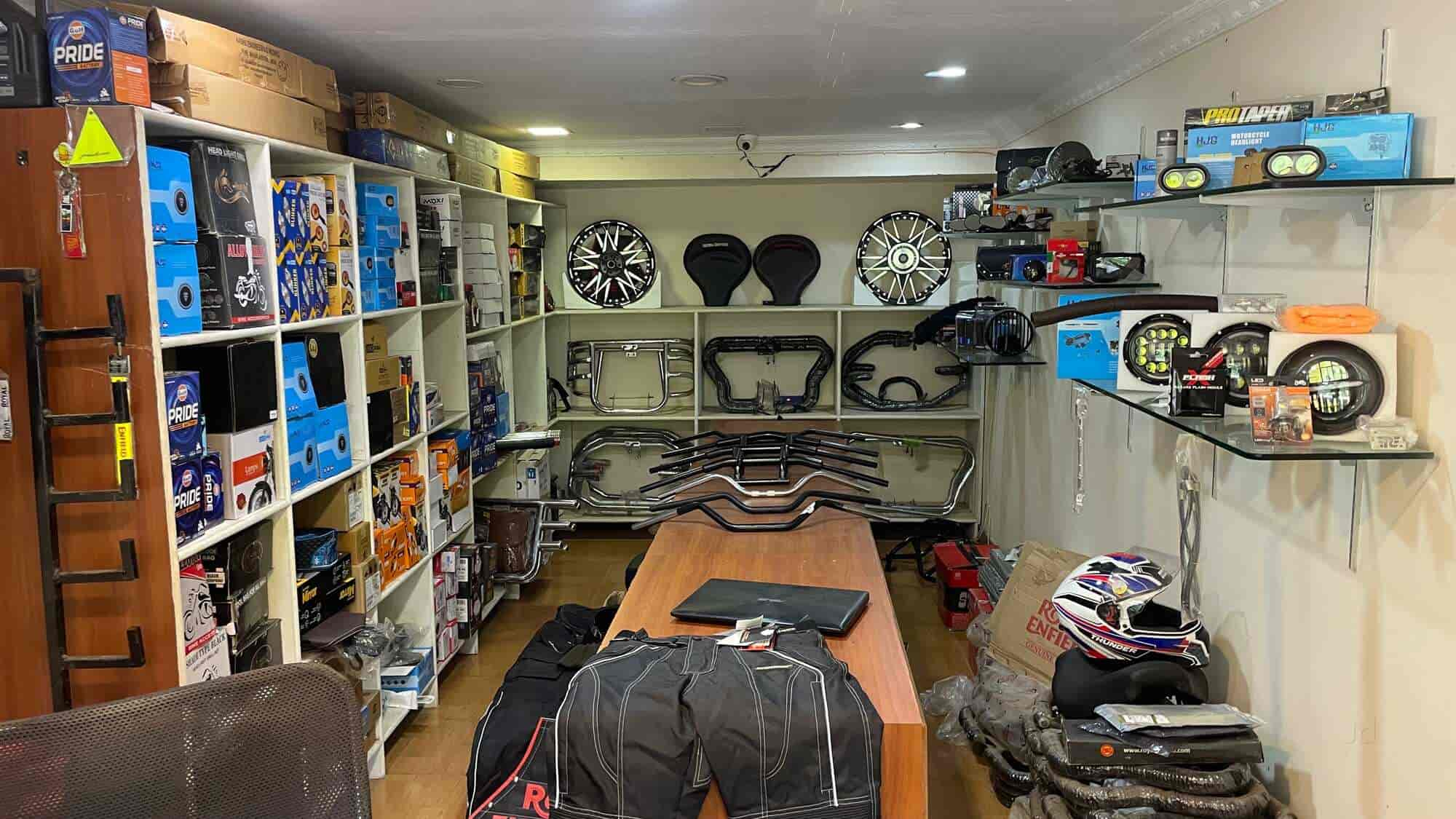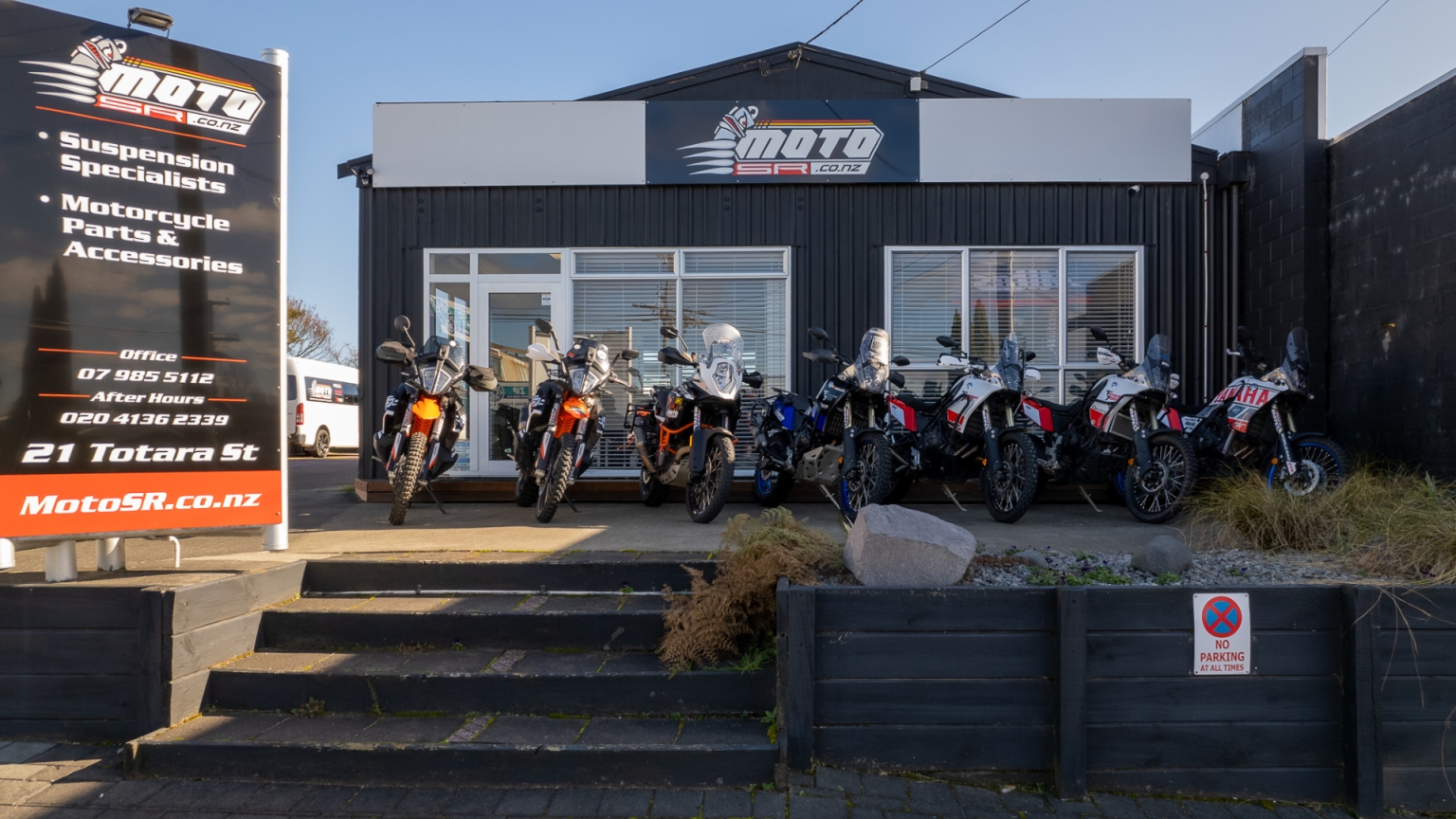Unleash Efficiency with Costs Motox Parts NZ Available Here
Recognizing the Vital Parts of a Motorcycle: A Comprehensive Overview for Enthusiasts
For motorbike lovers looking to boost their riding experience and ensure their bikes run smoothly, understanding the vital components of a bike is vital. Each element, from the engine's detailed operations to the important duty of the stopping systems, not only impacts efficiency yet likewise safety and security and comfort. This overview will go through the essential parts that every motorcyclist must be acquainted with, allowing informed selections in both upkeep and possible upgrades. As we start this expedition, one must ask: just how does each part connect to produce the smooth adventure every lover looks for?
Engine Elements

The camshaft plays a critical role in regulating the timing of the engine's shutoffs, guaranteeing the specific opening and closing required for efficient fuel and air intake, in addition to exhaust expulsion. This timing is crucial to maintaining optimum engine performance and efficiency. Additionally, the carburetor or fuel injection system, depending upon the bike design, is accountable for mixing air with gas in the correct proportion for burning.
The air conditioning system, either air or liquid-based, functions to maintain the engine's temperature level within functional restrictions, avoiding overheating and making sure durability - motocross gear nz. Each component, diligently designed and integrated, adds to the smooth operation of the engine, specifying the motorcycle's power outcome and overall efficiency
Transmission System
Integral to the motorcycle's performance, the transmission system makes certain efficient power transfer from the engine to the wheels. This system makes up several vital parts, including the clutch, transmission, and final drive, each playing an important function in translating the engine's power right into motion. The clutch, normally operated by a hand bar, offers to disengage the engine and involve from the transmission, permitting smooth gear changes and controlled velocity.
The gearbox, often described as the transmission correct, contains a set of equipments that riders can by hand change through to adjust the bike's rate and torque output. These equipments are set up in a series that makes it possible for the bike to increase efficiently and preserve optimal engine performance throughout different rates. The majority of motorbikes make use of a consecutive transmission, needing the rider to move equipments in a predetermined order.
Braking Systems
While comprehending the transmission system is essential to utilizing a motorbike's power, equally essential is the ability to regulate and stop that power effectively, which is where braking systems come into play. Brakes are essential for safety and performance, giving the cyclist with the essential control to browse different terrains and problems. Typically, motorcycles feature 2 kinds of braking systems: disc brakes and drum brakes.
Disc brakes are extra widespread in modern-day bikes due to their superior efficiency. This system uses much better warm dissipation, consistent performance, and enhanced quiting power, specifically in wet problems.
Alternatively, drum brakes, though less typical, are still located in some motorcycles. They function by pushing brake footwear against the internal surface area of a drum affixed to the wheel. While typically less reliable in warmth dissipation and quiting power, drum brakes are easier and much more cost-efficient.
Understanding these stopping systems' nuances enables motorcyclists to maintain their motorbikes effectively and value the design that makes sure effective and safe stopping.
Suspension and Steering
Suspension and steering systems are vital components that significantly affect a motorbike's handling and trip comfort. The shock absorber, being composed of forks at the front and shock absorbers at the back, absorbs roadway irregularities, enhancing security and control. Front forks, normally telescopic go to this web-site or upside down, compress and rebound to alleviate effects, while rear shock absorbers maintain tire call with the roadway, vital for traction and security.
Guiding, centered around the handlebars, connects the motorcyclist to the motorcycle's directional control. The steering head bearings make certain smooth procedure, allowing precise ability to move. Appropriate positioning and upkeep of these bearings are important for foreseeable guiding response and decreasing cyclist fatigue.
The suspension's adjustability is an additional critical facet; preload, damping, and rebound settings permit personalization to match numerous riding conditions and styles. This versatility is important for maximizing performance, whether browsing city roads or tackling sturdy tracks. Technologies like electronic shock absorber company website provide real-time adjustments, improving trip top quality across diverse surfaces.

Electrical Solutions
After making certain a smooth and regulated trip via reliable suspension and guiding systems, attention transforms to the electrical systems, a pivotal element of modern-day bikes. These systems play an important function not only in starting the engine however additionally in powering various parts that boost the functionality and safety and security of the bike.
At the heart of a motorbike's electric system is the battery, which stores electric energy required for beginning the engine and powering supporting systems - mx parts nz. The generator or generator, coupled with the rectifier-regulator, guarantees the battery stays billed while the motorbike is in operation, transforming power right into electrical energy and maintaining voltage levels
The ignition system, one more critical part, is liable for firing up the air-fuel blend in the engine's cylinders. Modern bikes commonly use an electronic ignition system, supplying greater effectiveness and integrity contrasted to typical systems.
Lights systems, consisting of fronts lights, tail lights, and signs, are likewise vital, ensuring exposure and safety for the motorcyclist. Added digital elements such as sensing units, control systems, and shows add to sophisticated attributes like gas injection management, anti-lock stopping systems (ABS), and digital control panels, even more improving the riding experience.
Verdict
A comprehensive understanding of a bike's crucial elements, including the engine, transmission system, stopping systems, suspension, steering, and electric systems, is important for fanatics intending to enhance safety and security, performance, and comfort. Mastery of these aspects enables for educated choices pertaining to maintenance and upgrades, eventually boosting the riding experience. By integrating this understanding, riders can guarantee their bikes operate at peak performance and reliability, thus taking full advantage of both pleasure and durability of their automobiles.
For bike enthusiasts looking to boost their riding bike air filter experience and ensure their bikes run efficiently, comprehending the crucial elements of a motorcycle is paramount.Indispensable to the bike's functionality, the transmission system makes sure effective power transfer from the engine to the wheels.While recognizing the transmission system is key to taking advantage of a motorbike's power, equally important is the ability to manage and quit that power effectively, which is where braking systems come right into play. Commonly, bikes include 2 kinds of braking systems: disc brakes and drum brakes.
A thorough comprehension of a motorcycle's essential components, including the engine, transmission system, braking mechanisms, suspension, steering, and electric systems, is indispensable for fanatics intending to maximize performance, safety and security, and convenience.